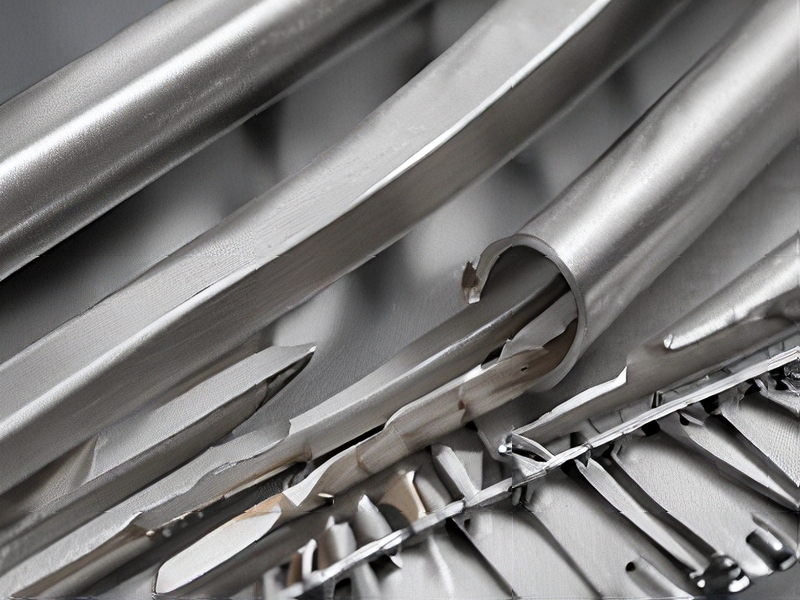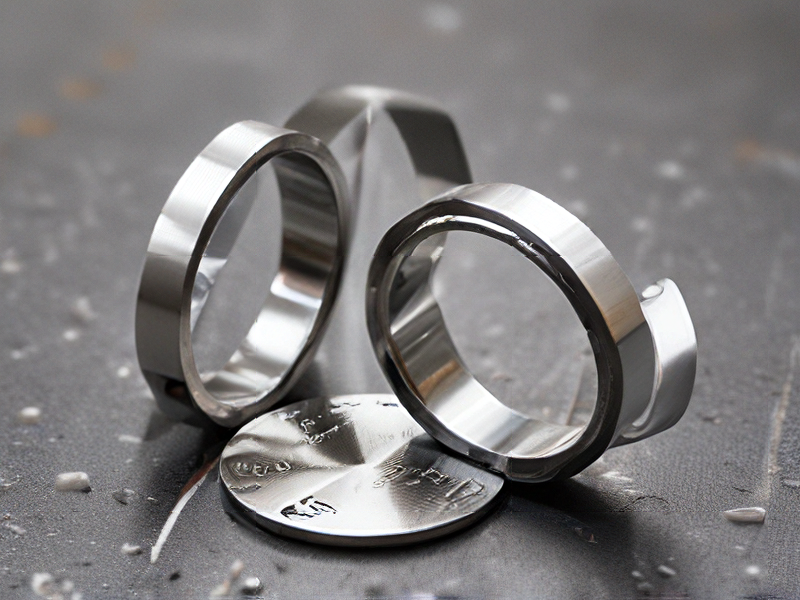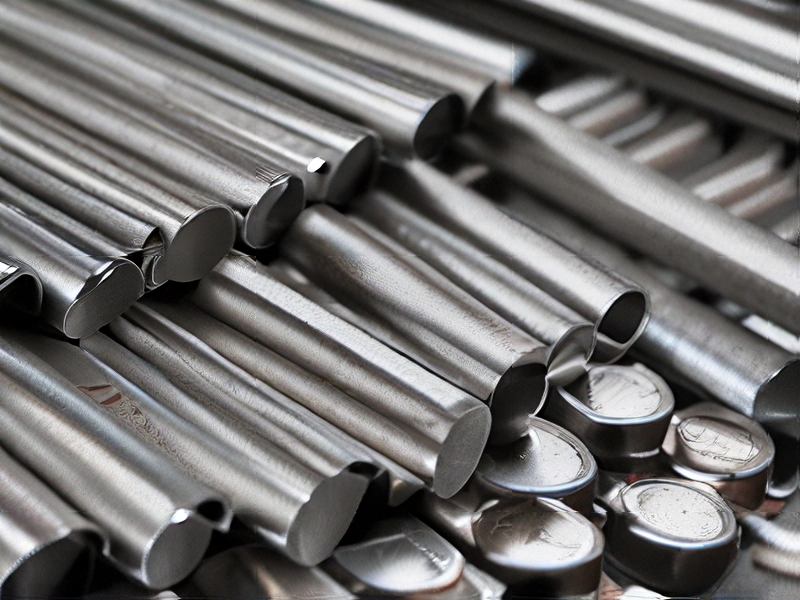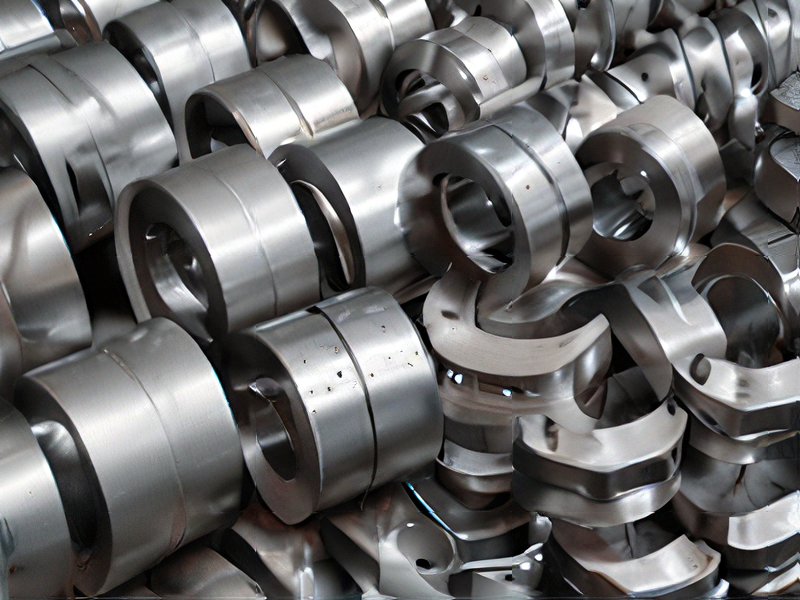Technology and Applications of stainless steel vs sterling silver
Stainless steel and sterling silver are both popular metals in various applications due to their distinct properties and aesthetics.
Stainless Steel:
Stainless steel is valued for its exceptional durability and resistance to corrosion, making it ideal for applications requiring strength and longevity. It consists mainly of iron, with chromium content (at least 10.5%) that forms a passive layer of chromium oxide, preventing surface corrosion and staining. This makes stainless steel suitable for kitchen utensils, appliances, surgical instruments, and industrial equipment. Its strength and resistance to tarnishing also make it a preferred choice for jewelry, particularly for those with allergies to other metals.
Sterling Silver:
Sterling silver, on the other hand, is an alloy containing 92.5% silver and 7.5% other metals, usually copper. It is known for its lustrous appearance and is relatively softer compared to stainless steel. Sterling silver is favored in jewelry and decorative items due to its elegance and malleability, allowing intricate designs to be crafted. However, it requires regular maintenance to prevent tarnishing, as exposure to air and certain chemicals can cause it to darken over time.
Applications:
– Stainless Steel: Widely used in construction, automotive, aerospace industries for structural components, fasteners, and exhaust systems. Also prevalent in kitchenware, medical instruments, and diverse architectural applications.
– Sterling Silver: Mainly utilized in jewelry, tableware, fine cutlery, and decorative items due to its aesthetic appeal and relative affordability compared to pure silver.
In conclusion, while stainless steel excels in durability and corrosion resistance for industrial and everyday applications, sterling silver’s allure lies in its aesthetic versatility and traditional use in jewelry and decorative arts, despite requiring more maintenance to retain its shine. The choice between these metals often depends on the specific requirements of the application, aesthetic preferences, and budget considerations.

Quality Testing Methods for stainless steel vs sterling silver and how to control quality
Quality testing methods for stainless steel and sterling silver involve both physical and chemical analyses to ensure compliance with standards and customer expectations.
Stainless Steel:
1. Chemical Composition Analysis: Verify the proportions of chromium, nickel, and other alloying elements using techniques like X-ray fluorescence (XRF) or chemical analysis.
2. Mechanical Properties Testing: Assess hardness, tensile strength, and ductility through tests such as Rockwell hardness testing and tensile testing.
3. Surface Finish Inspection: Visual inspection for scratches, dents, and surface irregularities. Use magnification tools for detailed examination.
4. Corrosion Resistance: Conduct tests like salt spray testing to evaluate resistance to corrosion and oxidation.
5. Dimensional Checks: Ensure compliance with dimensional specifications using calibrated measuring tools.
Sterling Silver:
1. Purity Testing: Verify silver content (typically 92.5%) through fire assay or XRF analysis.
2. Surface Quality: Inspect for scratches, tarnishing, and defects under magnification.
3. Mechanical Testing: Assess strength and ductility through hardness and tensile tests.
4. Weight Verification: Weigh items to ensure they meet specified tolerances.
5. Hallmarking: Ensure items are stamped with legally required marks indicating purity and maker’s mark.
Quality Control:
1. Supplier Qualification: Vet suppliers based on their adherence to quality standards and ability to provide consistent materials.
2. In-process Inspections: Conduct regular checks during manufacturing to catch defects early.
3. Final Inspection: Perform comprehensive checks on finished products against specifications before release.
4. Documentation and Traceability: Maintain records of testing results and production processes for traceability and quality assurance purposes.
5. Customer Feedback: Incorporate feedback to continually improve product quality and meet customer expectations.
By implementing these methods and controls, manufacturers can ensure both stainless steel and sterling silver products meet quality standards, thereby enhancing customer satisfaction and brand reputation.

Tips for Procurement and Considerations when Purchasing from stainless steel vs sterling silver
When deciding between stainless steel and sterling silver for procurement, several key factors should be considered:
1. Durability and Maintenance: Stainless steel is highly durable, resistant to scratches and corrosion, making it suitable for items subject to frequent use or exposure to elements. Sterling silver is softer and prone to scratching and tarnishing, requiring regular polishing.
2. Cost: Stainless steel is generally more affordable than sterling silver due to its lower production costs and widespread availability. Sterling silver, being a precious metal, commands a higher price.
3. Aesthetic Appeal: Sterling silver has a lustrous shine and is popular in jewelry and luxury goods. Stainless steel has a more industrial appearance but can be polished to resemble silver.
4. Hypoallergenic Properties: Stainless steel is hypoallergenic, making it suitable for sensitive skin. Sterling silver, although less likely to cause reactions than nickel-based alloys, may still trigger allergies in some individuals.
5. Application Specificity: Consider the intended use of the item. Stainless steel is commonly used in kitchenware, medical equipment, and industrial settings where durability and hygiene are crucial. Sterling silver is preferred for fine jewelry, cutlery, and decorative items.
6. Environmental Impact: Stainless steel is recyclable and has a lower environmental impact compared to silver mining and refining processes associated with sterling silver.
7. Market Demand and Trends: Consumer preferences and market trends influence the choice between stainless steel and sterling silver. Sterling silver often aligns with luxury and fashion markets, while stainless steel caters to a broader consumer base.
In summary, the choice between stainless steel and sterling silver hinges on factors such as durability, cost, aesthetic preferences, hypoallergenic properties, specific applications, environmental considerations, and market demand. Assessing these factors will help make an informed procurement decision tailored to your needs.

FAQs on Sourcing and Manufacturing from stainless steel vs sterling silver in China

